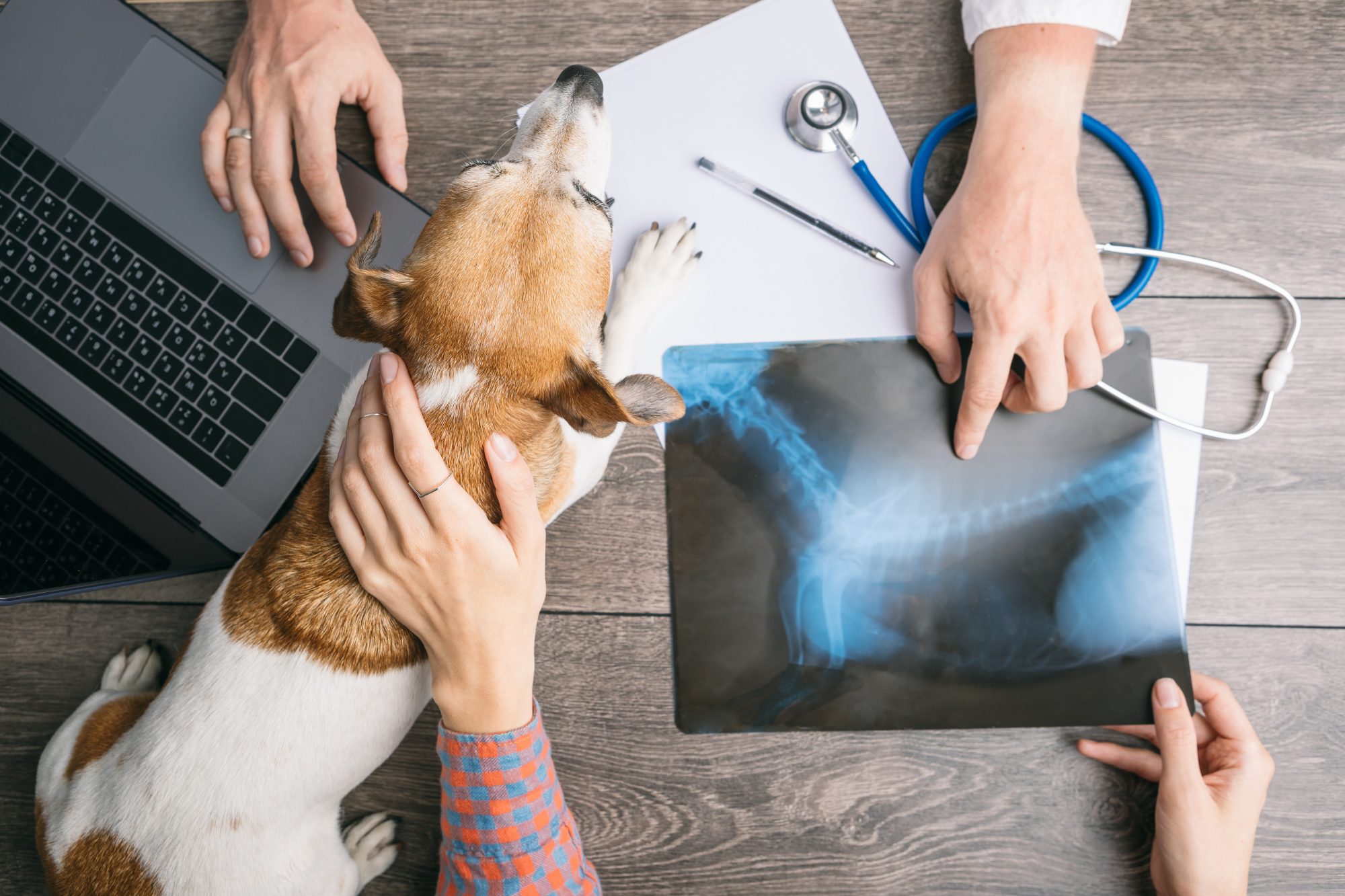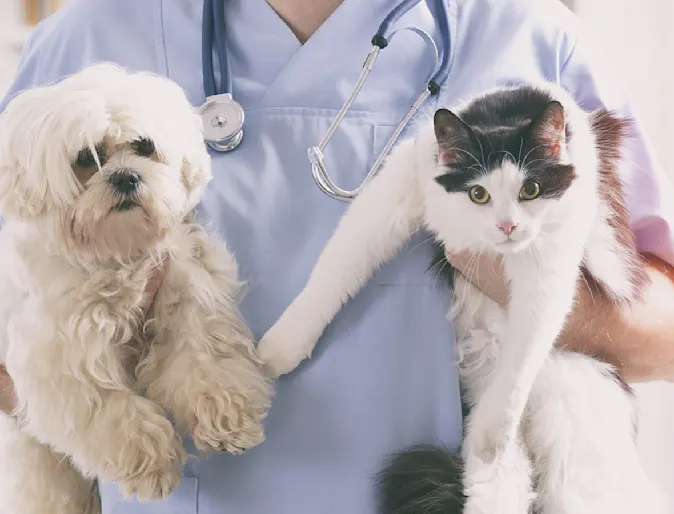Your Step-by-Step Plan for Getting the Best Care from an emergency vet bellingham
Your Step-by-Step Plan for Getting the Best Care from an emergency vet bellingham
Blog Article
Everything About Vet Surgical Treatment: Understanding the Importance of Specialist Take Care Of Your Animals
Vet surgery is a crucial part of family pet medical care. It encompasses different procedures, from regular optional surgical procedures to immediate interventions. Comprehending the intricacies of these surgical treatments can assist animal owners make educated decisions. The preparation, implementation, and recovery phases are vital for guaranteeing the health of animals. With appropriate understanding, owners can navigate the intricacies of veterinary treatment. What elements should be taken into consideration prior to a pet dog undergoes surgical procedure?
Sorts Of Veterinarian Surgeries
When a family pet needs medical intervention, recognizing the numerous kinds of veterinarian surgical treatments can aid pet dog proprietors make notified decisions. Veterinary surgical procedures can be broadly classified into three main types: elective, urgent, and emergency surgical procedures. Elective surgeries, such as spaying or neutering, are intended treatments that are not quickly serious. Immediate surgeries, like those for international body removal, must be performed quickly yet are not lethal in the moment. Emergency surgical procedures, such as those dealing with severe injury or interior bleeding, are crucial and need instant attention.Additionally, surgical procedures can differ in complexity, varying from minimally intrusive laparoscopic treatments to much more considerable open surgeries. Each kind of surgery brings its very own risks and recovery processes. Comprehending these groups permits pet owners to engage in meaningful discussions with vets, resulting in much better results for their beloved pets.
Getting ready for Your Pet dog's Surgical procedure
Planning for a pet dog's surgical treatment includes a detailed list to ensure all fundamentals are covered. Efficient interaction with the veterinarian is important for understanding the treatment and any necessary pre-operative actions - canine tplo surgery. Furthermore, having clear post-operative treatment guidelines will certainly assist proprietors give the finest assistance for their recovering pet dogs
Pre-Surgery List Essentials
Guaranteeing a smooth surgical experience for an animal needs cautious preparation and focus to detail. A pre-surgery list is essential for animal owners to follow. Confirming the arranged surgery date and time is essential. Owners must also confirm that their family pet has actually fasted according to the veterinarian's instructions, usually for 8-12 hours before surgical treatment. Collecting required clinical records, consisting of vaccination history, is very important for the veterinarian's evaluation. It is also recommended to prepare a comfortable space at home for the animal's recovery after surgery. Owners should have a plan for transport to and from the veterinary center, making certain that the animal is protected and comfy throughout the journey. Following these steps can substantially boost the surgical experience.
Communicating With Your Veterinarian

Efficient interaction with the vet is essential for a successful surgical experience for animals. Owners need to be prepared to discuss their pet's medical history, consisting of any pre-existing problems, medicines, and allergies. This details helps the veterinarian examine threats and customize the medical plan appropriately. In addition, pet dog owners should ask concerns relating to the procedure, anesthetic, and anticipated results to assure they completely understand the process. Clarifying any type of doubts can reduce anxiousness for both the pet dog and the owner. It is likewise crucial to communicate any behavioral changes or problems observed in the pet leading up to the surgical procedure. Ultimately, clear discussion fosters trust and partnership, making certain that animals get the most effective possible treatment during their medical journey.
Post-Operative Treatment Instructions
After going over the operation with the veterinarian, pet dog proprietors should concentrate on post-operative care directions to assist in a smooth healing for their pet dogs. These directions normally include checking the medical website for signs of infection, such as inflammation or discharge. Pet dogs may need to be kept one's cool and restricted to avoid excessive movement that can interrupt recovery. Discomfort management is vital, so owners should adhere to the vet's guidance on providing medicines. Furthermore, nutritional restrictions may be encouraged to stay clear of stomach upset. Normal follow-up visits are important to ensure proper recovery and resolve any concerns. By adhering to these post-operative care guidelines, pet dog proprietors can greatly add to their pet's recovery and general health.
The Surgical Process Explained
The surgical procedure for animals includes critical actions that ensure their security and healing. Pre-surgery preparations are crucial for lessening threats, while post-operative care standards play a vital duty in advertising healing. Comprehending these components assists family pet owners browse the medical experience better.
Pre-Surgery Preparations
Prior to a pet goes through surgical treatment, a number of crucial preparations must take place to guarantee a secure and successful treatment. First, a detailed vet assessment is vital to evaluate the pet's general wellness and identify any potential risks. This may include blood tests, imaging, or various other diagnostics. The veterinarian will additionally talk about anesthetic options customized to the animal's details needs. Furthermore, pet dog owners are generally advised to keep food and water for a specified time before surgical treatment to lessen the risk of issues throughout anesthetic. It is very important for proprietors to offer a total case history, consisting of any medications or allergic reactions, making sure the medical group has all required info. Proper communication and adherence to pre-surgery guidelines can greatly improve the result of the procedure.
Post-Operative Treatment Standards
Proper post-operative care is important for making sure a pet's healing following surgical treatment. After the procedure, family pets need to be monitored very closely for any kind of signs of issues, such as excessive bleeding, swelling, or uncommon habits. It is vital to adhere to the vet's instructions pertaining to drugs, including painkiller and prescription antibiotics. Pet dogs must be kept in a anchor quiet, comfy setting to minimize stress and advertise recovery. Restricting activity is vital; short, leashed strolls might be needed, but jumping or running ought to be avoided. Regular follow-up appointments must be set up to examine the healing process. Furthermore, the medical site needs to be kept tidy and dry, with any kind of indications of infection reported to a veterinarian quickly. Complying with these standards boosts recovery end results.
Anesthesia and Pain Monitoring
Efficient anesthetic and pain management are important elements of veterinary surgery, making certain that animals continue to be comfortable and risk-free throughout the procedure. Vets evaluate each family pet's specific requirements, thinking about variables from this source such as age, weight, health and wellness condition, and the kind of surgical procedure being performed.Anesthesia procedures generally include a combination of pre-anesthetic medications, induction representatives, and inhalant anesthetics, allowing for specific control over the animal's level of awareness. Monitoring throughout surgical treatment is essential; veterinarians constantly observe vital indicators to attend to any type of potential issues promptly.Pain monitoring methods might include opioids, non-steroidal anti-inflammatory drugs (NSAIDs), and anesthetics, tailored to the pet's particular situation. This complex strategy helps decrease discomfort and promotes a smoother surgical experience. By focusing on reliable anesthetic and discomfort management, vet professionals boost the general welfare of pet dogs undertaking procedures, ensuring they obtain the highest possible standard of treatment.
Post-Operative Treatment and Healing
Following surgical procedure, the emphasis shifts to post-operative treatment and recovery, which is necessary for making sure a family pet's safe return to typical tasks. Throughout this duration, pets call for a quiet, comfortable setting to help recovery. Proprietors should carefully check their family pets for any indications of pain or uncommon behavior.Veterinary guidelines commonly consist of particular directions connected to drug administration, wound treatment, and nutritional adjustments. It is crucial to follow these suggestions to minimize problems and promote healing. Animals might need to be restricted from vigorous tasks, such as running or leaping, during their healing period (canine tplo surgery).Regular follow-up consultations with the vet permit monitoring of the pet's progress and timely adjustments to the care plan. Giving psychological assistance and friendship can also improve a family pet's recovery experience, helping to ease stress and anxiety and stress and anxiety. Generally, persistent post-operative care plays a considerable role in accomplishing an effective recovery
Recognizing Complications After Surgical Treatment
Exactly how can pet dog proprietors recognize complications after surgical procedure? Awareness of particular signs is essential for ensuring the health of family pets during healing. Typical indicators include too much swelling, soreness, or discharge at the surgical website, which may symbolize infection. Furthermore, relentless pain, indicated by whimpering or unwillingness to move, must motivate instant focus. Adjustments in appetite or water intake can likewise suggest complications; a decrease in these behaviors may signal pain or distress.Moreover, pet proprietors should monitor their family pets for any type of uncommon behavior, such as sleepiness or trouble breathing, as these can be indications of major issues. Vomiting or diarrhea complying with surgical procedure might require urgent veterinary evaluation. Acknowledging these difficulties early can substantially impact a Homepage family pet's recovery procedure, emphasizing the significance of caution and punctual interaction with a vet for any type of worrying symptoms.
The Role of Vet Professionals in Surgical Care
Veterinary specialists play an important function in making sure the security and success of surgeries for pets, specifically complying with surgical procedure when keeping an eye on and treatment are paramount. These specialists consist of veterinarians, vet specialists, and support team, every one of whom contribute specialized skills to the medical process.Before surgery, vets carry out comprehensive examinations to assess the animal's wellness, ensuring that any type of underlying problems are handled. Throughout the treatment, the surgical team provides anesthetic, maintains clean and sterile environments, and keeps track of essential signs, very important for minimizing risks.Post-operative care is just as significant; veterinary experts observe for complications, take care of discomfort, and guide owners on healing techniques. Their know-how enables them to acknowledge very early indicators of distress or infection, making certain timely intervention. Inevitably, the joint efforts of vet specialists in surgical treatment foster a risk-free setting, promoting the well-being of animals throughout the medical journey.

Frequently Asked Concerns
Exactly how Do I Select the Right Vet Surgeon for My Pet dog?
Choosing the right vet specialist includes researching certifications, reading testimonials, and evaluating the facility's atmosphere. It is essential to assess the doctor's experience with certain procedures and their communication design when choosing.
What Prevail Misconceptions About Vet Surgeries?
Common misunderstandings about vet surgical procedures include ideas that they are constantly high-risk, unneeded, or only for emergency situations. Several pet dog proprietors undervalue the advantages of preventive treatments and the ability associated with veterinary medical care.
Just How Much Will My Pet dog's Surgery Price?
The cost of a pet's surgical procedure can vary considerably based on elements such as the kind of procedure, the vet's experience, and geographical area (canine tplo surgery). Normally, costs vary from a few hundred to several thousand bucks

Can My Family Pet Eat Prior To Surgical Treatment?
Prior to surgical treatment, it is usually advised that pet dogs avoid eating for a details duration. This fasting helps lower the danger of difficulties throughout anesthesia. Proprietors should consult their veterinarian for precise guidelines tailored to their pet dog's needs.
What happens if My Animal Has Pre-Existing Wellness Conditions?
When a pet dog has pre-existing health problems, it's important for the vet to assess these variables before surgery. This assessment warranties appropriate precautions are taken, minimizing threats and enhancing the family pet's general safety and security throughout the treatment.
Report this page